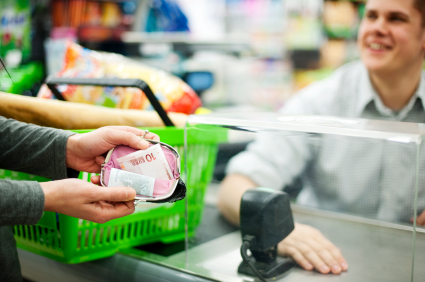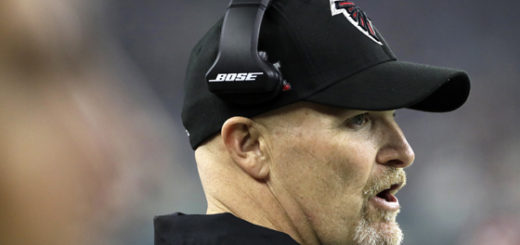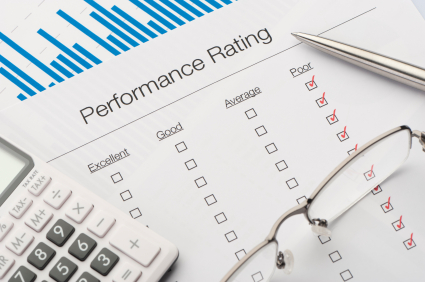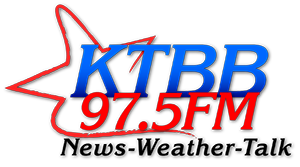If the grocery store were the doctor’s office.
Listen to the broadcast of You Tell Me on KTBB AM 600, Friday, August 24, 2012.
Imagine if you bought groceries the way most people buy health care. You go to the store, you pick up some chicken and some ground meat. A carton of eggs, a loaf of bread, a gallon of milk. A package of cheese. A head of lettuce, some yellow squash and a couple of tomatoes and a couple of cans of canned green beans.
Oh, and a bag of Nacho Cheese Doritos and a half-gallon of chocolate mint ice cream.
Then you go to the checkout stand. The first thing the checker asks you for is your “Grocery Plan” card. It’s the card you keep in your wallet right next to your health insurance card – it and your grocery card in this fictional scenario both provided by either your employer or the government.
The cashier at the supermarket scans your Grocery Plan card and then scans all of your items. She then tells you that Doritos and chocolate mint ice cream aren’t covered on your plan.
The rest of your purchase is, however, covered minus the $5 co-pay. You fork over the five dollars plus the full retail cost of the Doritos and the ice cream.
As a result of this transaction you would know what ice cream and corn chips cost but you would have only a vague idea or no idea at all what meat, produce, bread, milk and cheese cost.
Also as a result of this transaction the grocery store would hand the paperwork from your purchase to someone in a huge and hopelessly backlogged grocery claims processing department. An army of employees would spend their days filing Grocery Plan claims with Grocery Plan carriers in order that the store might be reimbursed for the food it bought and delivered.
If all went well and there were no snafus with the paperwork, the grocery store would expect to receive payment about six months from now for the groceries you took home today.
That this illustration is a bit absurd does not negate the fact that it fairly closely describes how most Americans – about 90 percent – purchase their health care.
If we bought our food this way, the cost for food would explode just as it has for health care. This would lead to the posturing of eager politicians seeking to win election by promising to “go to work on behalf of hard-working Americans to bring down the high cost of groceries.” Whereupon the problem would only get worse.
Third party payment drives up prices. If someone else pays for your ground meat, what do you care what it costs? (Take “ground meat” out of that sentence and substitute “mammogram.”)
If at the point of consumption a good or service appears to be free, the price signals that serve to keep supply and demand in balance no longer function. When you pay for something yourself, you are sensitive as to the price and the producer is therefore sensitive as to the cost. Thus computers, cell phones, corn chips, cars, TV sets and laser eye surgery all cost less today in constant dollars than they did ten years ago.
Add to this the cost of processing the claims and getting paid. In economic transactions, time and money are interchangeable. Impose upon the grocery industry the horrendous processing and collection costs and long delays in receiving payment now weighing down the health care industry, and food prices would rise.
Thus no one would seriously propose our health care payment model as a way to pay for food, even though food is every bit as essential as health care.
The challenge, therefore, lies in cleaning up the deeply-entrenched health care model before it bankrupts the country. Unfortunately, doing so will require political skill bordering on supernatural.









We can look at all the government programs at work today and see that the government hasn’t a clue how things really work! They have no clue as to how people really live from day to day. How can someone, a government worker, who has never met me tell me what is good for me…they can’t. The government is encapsulated in their own little world, one that doesn’t even resemble the one you and I live in. This administration, more than any I have ever known in the 60 years I have been on this earth, knows less about how things in a free society operate than my dog does! All one has to do is look at the Postal Service to know that government shouldn’t be in charge of anything other than it’s origional intent and that was to keep us safe from outside threats…all other things are beyond the scope of government understanding! Our healthcare should be left up to us, not put in the hands of some faceless, nameless government worker!
This is the reason the physicians are leaving the profession in droves. Sadly, no one is talking about it. The government is touting improved health care for the nation, but there will be limited access as the number of physicians dwindles. Insurance companies, Medicare/Medicaid rule the practice of medicine, removing the provider-patient relationship and placing huge burdens of time and paperwork on the practice of medicine. We are due for a revolution in the practice of medicine in this country.
There are two major flaws in your reasoning (for lack of a better word). While your claim that “food is every bit as essential as health care” is technically correct, there is an undeniable difference. If your economic situation compels you to choose Ramen noodles over filet mignon, you may not dine as well as the folks up the street, but neither will you starve to death. However if you need surgery and chemo/radiation therapy for a cancerous tumor, you can opt for the only treatment you can afford, but having that bunion removed won’t save your life.
The other much more common mistake you make is referring to “what it costs” when what you actually mean is “what is being charged”. Price gouging for essential goods and services is an inevitable by-product of unregulated commerce. As bad as it is, without government oversight Bill Gates might not be able to get that bunion removed. Why not target the people abusing the system instead of the system itself. That would bring prices down faster than letting the free market run amok once again.
Well Paul, you pissed the wife off. I tried to defend the point you were making, but I could only go so far. As far as the “cost of health care” goes, where does that cost go? It doesn’t go to the doctors, and that’s where the wife went off on you. You see, the AMA sold doctors down the river to the HMOs about 30 years ago. As you may or may not know, doctors are the only industry in which it is ILLEGAL for the participants (read: doctors) to compare pricing. The doctors are also at the mercy of the insurance companies. Sure, the individual physician can bill the insurance for any amount, but he/she will only receive what the insurer will pay. Sometimes those reimbursements stay stagnant for over ten years! So, while your doctor (and my wife) have increased costs for supplies and equipment and rent and utilities, he/she has to see more people to clear the same costs. So, you are now wondering where that increase in your premiums is going. Your insurer, and mine, continue to increase our premiums, but our doctors don’t get a cut. That means our insurance companies are pocketing, and sometimes investing, OUR money for uses for which we never intended or expected. And, when an insurance exec gets fired for alleged illegal activities, yet receives a LARGE bonus to take with (see Rick Scott, Humana, circa 1994), you’ll wonder how this goes on. But we both know that government will only make it worse.
As a child of the same generation as you I remember a time when people paid cash for services, and, when it was a little higher than they could cover, they made payments or offered their own services in trade (barter). Yup, Paul, we got sold down the river. We would all be better off NOT giving $300 to $800 in monthly premiums and paying our physicians directly, and likewise for our drugs, because competition drives DOWN the costs of everything. We would only need catastrophic and major hospitalization coverage. Probably a lot cheaper.
So, I’ll try to calm my wife. Don’t use my name as I don’t want the “black helicopters” or body snatchers coming for me.
Paul,
Your comments display impeccable common sense. However, the capitalistic system of free enterprise and the support of competitive markets to keep costs low and correspondingly raise the standard of living for all citizens is NOT the economic ideology of Obama-the-Great.
Obama doesn’t care about anything that “works” as we understand it. He only cares about fostering a NEW AMERICAN DREAM re-built on his Marxist theory that replaces individual liberty (as endowed by our Creator) with RIGHTS of citizenship as defined by a centralized authority in the citadel of all knowledge, the GOVERNMENT BRAIN TRUST, our RULERS in Washington (or the UN as necessary).
His new economic system is intended to usher in a new prosperity that guarantees fairness as defined by “equality of result”, independent of individual effort where liberty (and inequality of wealth) would otherwise prevail. If our government masters control all accumulation of wealth, then “fairness” is the utopian result.
My proof of this conclusion was blasted all over the airwaves last week at the Democrat National Convention, particularly in the CLINTON SPEECH as the following quote exhibits:
“He [Obama] has laid the foundation for a new, modern, successful economy of shared prosperity. And if you will renew the president’s contract, you will feel it. You will feel it. (Cheers, applause.)
Folks, whether the American people believe what I just said or not may be the whole election. I just want you to know that I believe it. With all my heart, I believe it. (Cheers, applause.)
I believe it because President Obama’s approach embodies the values, the ideas and the direction America has to take to build the 21st-century version of the American Dream: a nation of shared opportunities, shared responsibilities, shared prosperity, a shared sense of community.”
Paul,
This is scary stuff that maybe half the country actually believes in! Marxism is knocking at the door and is not going away. The Thief of our Liberty and unalienable rights to pursue prosperity based on our abilities has declared war on the real American Dream.